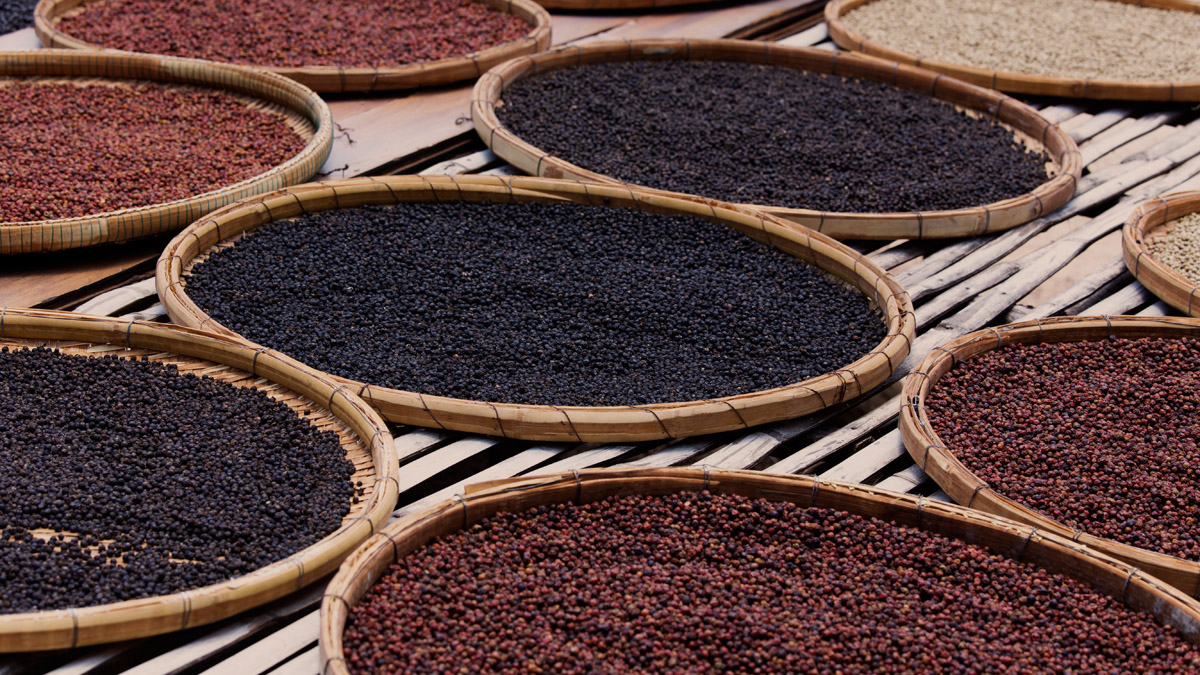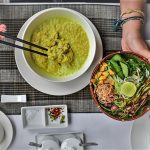Kampot Pepper is a treasured spice that has been a staple of Khmer cuisine for centuries. Grown in the fertile soil and tropical climate of Cambodia’s Kampot region, this unique pepper variety is renowned for its distinctive flavour and aroma. In recent years, Kampot Pepper has gained international recognition as a premium spice, prized by chefs and food lovers around the world.
In this post, we’ll take a closer look at Kampot Pepper – its history, cultivation, and culinary uses – and discover what makes it so special. Join us on a journey to uncover the secrets of this beloved Cambodian spice.
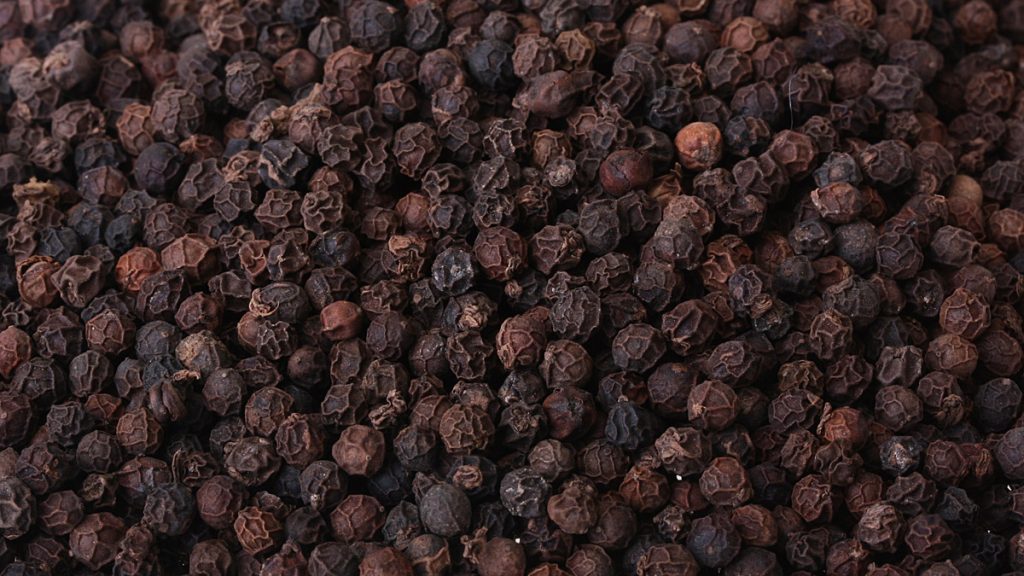

What is Kampot Pepper?
Kampot Pepper is a type of peppercorn grown exclusively in the Kampot region of southern Cambodia. It is known for its rich, complex flavour and aroma, with notes of eucalyptus, mint and floral undertones. Kampot Pepper is distinguished by its terroir – the unique combination of soil, climate and geography that gives it its distinctive taste. The region’s red laterite soil, abundant rainfall and ample sunshine provide ideal growing conditions for the spice.
There are four main varieties of Kampot Pepper: black, red, white and green. Each variety is produced by harvesting the peppercorns at different stages of maturity and processing them in different ways. Black pepper is made by sun-drying the mature green peppercorns until they turn black and wrinkled. Red pepper is made by leaving the peppercorns on the vine for an additional two weeks to fully ripen before drying. White pepper is made by soaking the mature berries in water to remove the outer skin before drying. Green pepper is made by picking the immature green peppercorns and preserving them in brine or vinegar.
The unique qualities of Kampot Pepper have earned it a reputation as one of the world’s finest spices, coveted by chefs and foodies for its exceptional flavour and aroma.
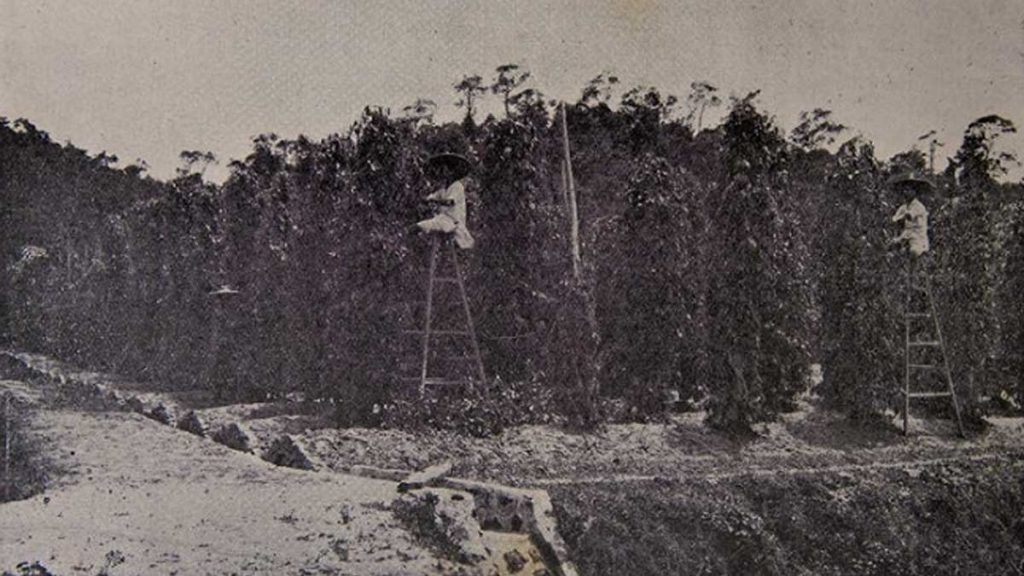

The History of Kampot Pepper
The cultivation of Kampot Pepper in Cambodia can be traced back to the 13th century during the Angkor Empire. The spice was highly valued for its medicinal properties as well as its flavour and aroma, and was traded throughout Southeast Asia and beyond. In the early 20th century, Kampot Pepper became a major export crop for Cambodia, with over 8,000 tons of the spice produced annually.
However, the Khmer Rouge regime in the 1970s devastated Cambodia’s agriculture industry, including Kampot Pepper production. Many farmers were forced to abandon their crops and flee to the cities or face execution. After the fall of the regime, the Kampot Pepper industry struggled to recover due to economic instability and lack of infrastructure.
In the early 2000s, a group of dedicated farmers and entrepreneurs began working to revive Kampot Pepper production and promote its unique qualities. In 2008, Kampot Pepper was granted Protected Geographical Indication (PGI) status by the European Union, recognising its special status as a unique and traditional product of Cambodia. Today, the Kampot Pepper industry is thriving, with small-scale farmers producing high-quality pepper using traditional methods and sustainable practices.
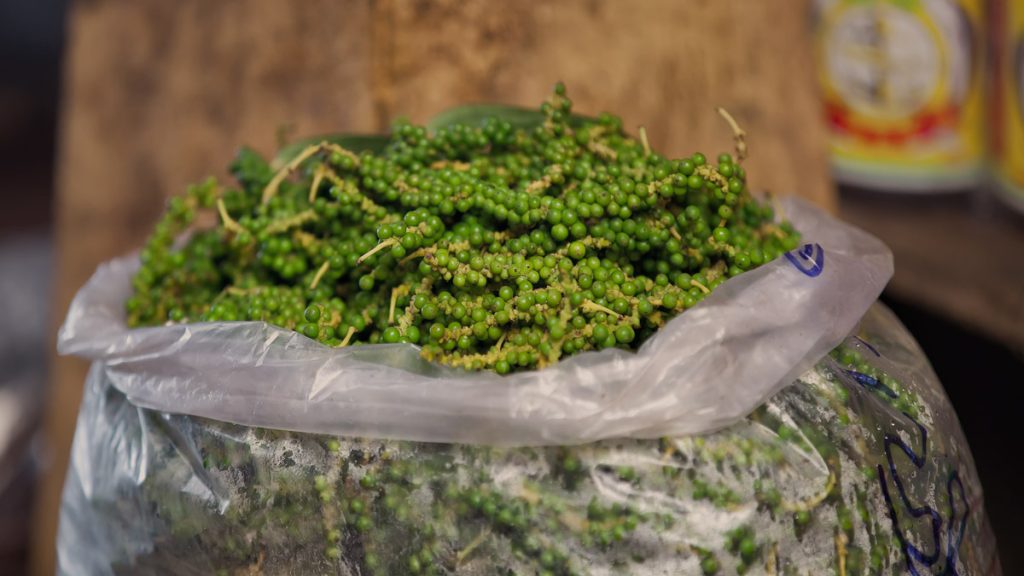

How Pepper is Grown and Harvested in Kampot
Kampot Pepper is grown using traditional methods that have been passed down for generations. The pepper vines are planted in rows, with each plant supported by a wooden pole or bamboo trellis. The vines grow up to three metres tall and are trained to climb the poles or trellises using string or wire.
The growing season for Kampot Pepper runs from January to June, with the peppercorns harvested in stages throughout the season. The farmers carefully monitor the maturity of the peppercorns and pick them at the optimal time to ensure the best flavour and aroma. The harvested peppercorns are then sorted and cleaned to remove any debris or impurities.
The sun-drying process for Kampot Pepper is another key factor in its unique flavour and aroma. The peppercorns are spread out on large mats or bamboo trays and left to dry in the sun for up to a week. During this time, the peppercorns undergo a natural fermentation process that develops their complex flavour and aroma. Once dry, the peppercorns are graded according to size and quality and packaged for distribution.
The cultivation of Kampot Pepper is done using sustainable and eco-friendly practices, with farmers avoiding the use of pesticides and chemicals. This not only produces a superior product but also helps to preserve the natural ecosystem of the region.


Culinary Uses of Kampot Pepper
Kampot Pepper has a unique flavour profile that is described as floral, fruity and slightly sweet, with a subtle heat that lingers on the palate. This complexity of flavour makes it a versatile spice that can be used in a wide range of dishes.
In Cambodia, Kampot Pepper is used to season traditional dishes such as fish amok, a steamed fish curry cooked with coconut milk, lemongrass and spices, and lok lak, a stir-fry dish made with beef or pork, served with a tangy dipping sauce. Kampot Pepper also pairs well with seafood, grilled meat and roasted vegetables.
Internationally, Kampot Pepper has gained recognition among chefs and food enthusiasts for its exceptional quality and flavour. It is now used in high-end restaurants around the world, from Michelin-starred establishments to local eateries, to elevate the taste of dishes.
Aside from its culinary uses, Kampot Pepper is also used for medicinal purposes due to its high content of piperine, a natural compound that is believed to have anti-inflammatory and antioxidant properties.
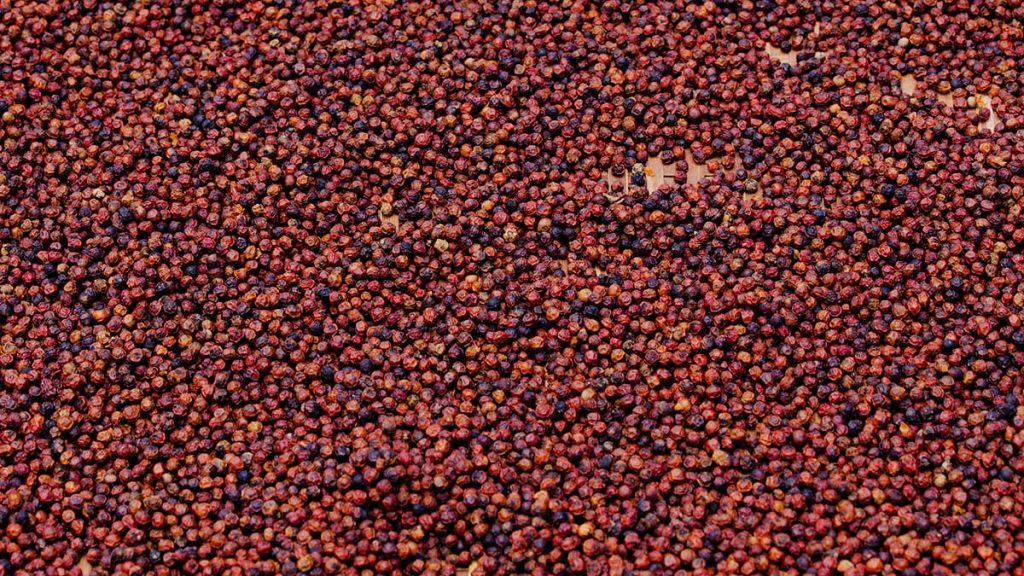

Where to Buy Kampot Pepper
If you’re interested in trying Kampot Pepper, there are a few things to keep in mind when shopping for it. First, it’s important to ensure that you’re getting authentic Kampot Pepper, as there have been cases of fraudulent products being sold under the same name.
One way to ensure authenticity is to look for the Kampot Pepper Geographical Indication (GI) logo on the packaging. This logo guarantees that the pepper has been grown and produced in the Kampot region according to strict standards and regulations.
You can also purchase Kampot Pepper from reputable online retailers that specialise in high-quality spices and gourmet ingredients. Look for sellers that provide information on the origin and quality of their products and have positive customer reviews.
If you’re visiting Cambodia, you can purchase Kampot Pepper directly from the farmers and producers in the region. Many local shops in Kampot offer a variety of Kampot Pepper products, including whole peppercorns, ground pepper, and products like spice blends and pepper sauces.
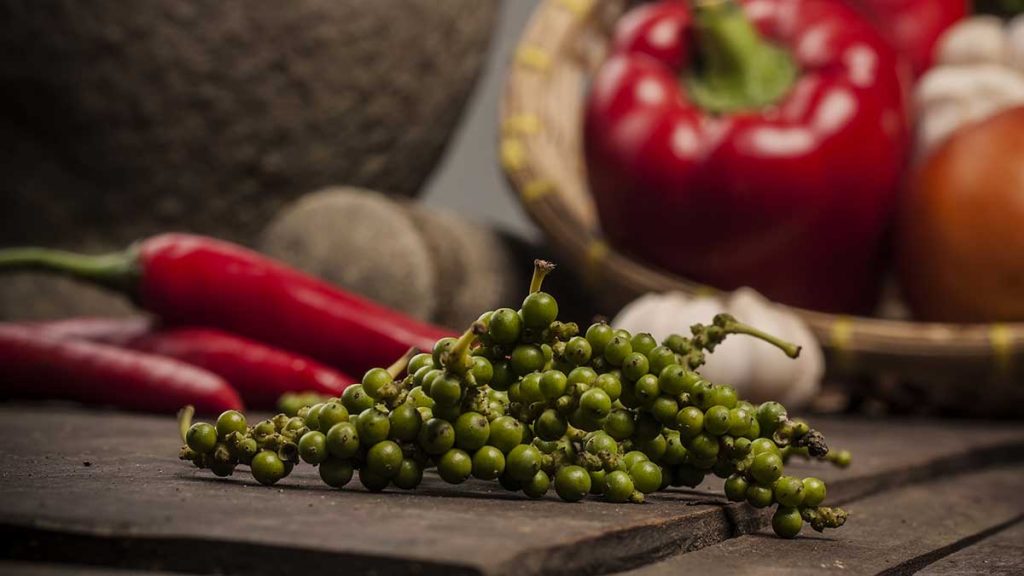

The Future of Kampot Pepper
As with many agricultural products, Kampot Pepper faces challenges and opportunities in its production and marketing. One significant challenge is climate change, which can affect the pepper’s growth and flavour. Farmers in the region are adapting by using sustainable practices and diversifying their crops to ensure long-term viability.
Another challenge for Kampot Pepper is competition from other spice markets, including cheaper alternatives from other countries. To combat this, there are ongoing efforts to promote the unique qualities and cultural heritage of Kampot Pepper, as well as to establish regulations and protections for its production.
Fortunately, there are many opportunities for the future of Kampot Pepper, including growing demand for high-quality, sustainable and locally sourced ingredients in the culinary world. The pepper’s unique flavour and history make it a valuable ingredient for chefs and food enthusiasts.
To preserve and promote the spice’s qualities and cultural heritage, the Kampot Pepper Promotion Association (KPPA) was established in 2010 to support and represent the pepper farmers and producers in the region. The KPPA is working to establish regulations and protections for Kampot Pepper, as well as to educate consumers about its history and quality.
Overall, the future of Kampot Pepper is promising, with ongoing efforts to ensure its sustainability and authenticity, as well as its recognition as one of the world’s finest spices.
